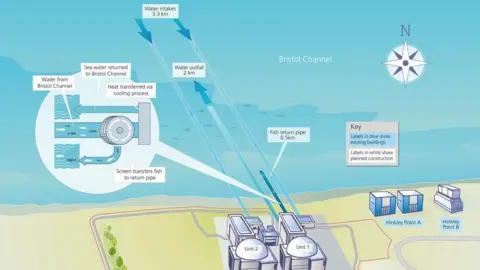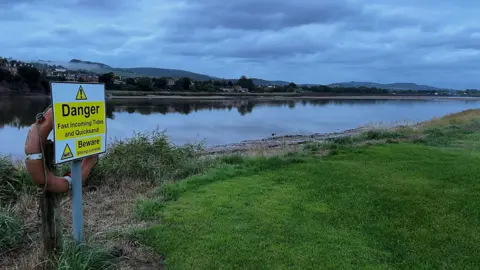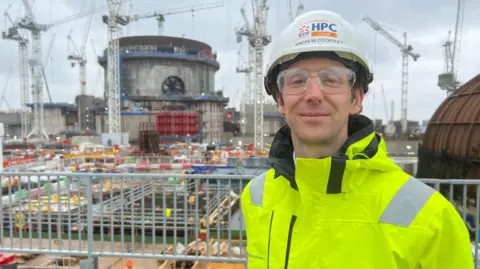Pfizer chief executive Albert Bourla plans to meet Starboard Value, said people familiar with the matter, as the activist investor’s $1bn stake in the pharmaceutical group puts pressure on its board to revive its share price.
Bourla and at least one other director will hold talks with Starboard next week, after it emerged this weekend the fund had taken a $1bn stake, equivalent to about 0.6 per cent of the $165bn company. The Financial Times previously reported the activist investor is calling for a strategy shift.
While engagement between companies and activist investors is not unusual, the planned meeting shows Starboard’s demands are getting a hearing at the highest levels of the company. It has created an extensive slide deck on its turnaround plans but has yet to circulate it.
Starboard’s exact recommendations could not immediately be ascertained and the firm declined to comment. Pfizer did not immediately respond to a request for comment.
Starboard’s campaign comes after the Covid-19 vaccine maker’s shares have sunk to below pre-pandemic levels. People briefed on the activist’s thinking said it believed Pfizer had been mismanaged as the pandemic receded, notably in spending its $92bn Covid windfall on a costly $70bn acquisition spree. Pfizer’s market value has roughly halved since its pandemic peak.
Starboard will be represented at next week’s meeting by its chief executive Jeff Smith and partner Patrick Sullivan, who runs its healthcare investments, said two people familiar with the matter. Pfizer’s lead independent director, Shantanu Narayen, is expected to accompany Bourla, one person said.
In an unusual twist, two of Pfizer’s top former executives are working with Starboard. The FT on Monday reported Pfizer’s former chair and CEO Ian Read and its former finance chief Frank D’Amelio called at least four Pfizer directors to ask them to consider collaborating with the activist investor.

Read, who served as CEO for eight years before becoming executive chair, promoted Bourla to the top job. Read and D’Amelio’s involvement is a rare example of former executives collaborating with an activist investor to push for strategy or management changes.
Starboard’s investment in Pfizer is not its first brush with the healthcare sector. It unsuccessfully urged pharmaceutical manufacturer Bristol Myers Squibb to drop its $74bn acquisition of cancer drugmaker Celgene in 2019. The same year, it entered into an agreement to add four directors to the board of Cerner, a health tech company now known as Oracle Health.
Some analysts doubt Starboard can transform the valuation of Pfizer, which has already announced $5.5bn of cost cuts through till 2027 to help restore investor confidence.
Vamil Divan, an analyst at Guggenheim Securities, said in a note on Monday that many of his conversations have “focused on investors wondering if we could see a change in Pfizer’s management team”. While that was “certainly possible”, it is unclear what that would mean for the company’s dividend, an important support for the stock.
Two investors told the FT on Monday they would be receptive to management changes.
Pfizer’s directors are in Ireland for tours of local manufacturing facilities and board meetings, with the main meeting scheduled for Wednesday.














































































































































You must be logged in to post a comment Login